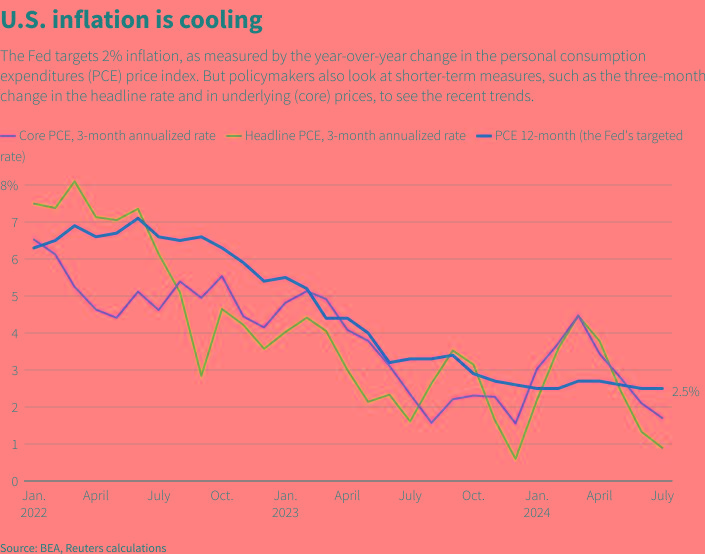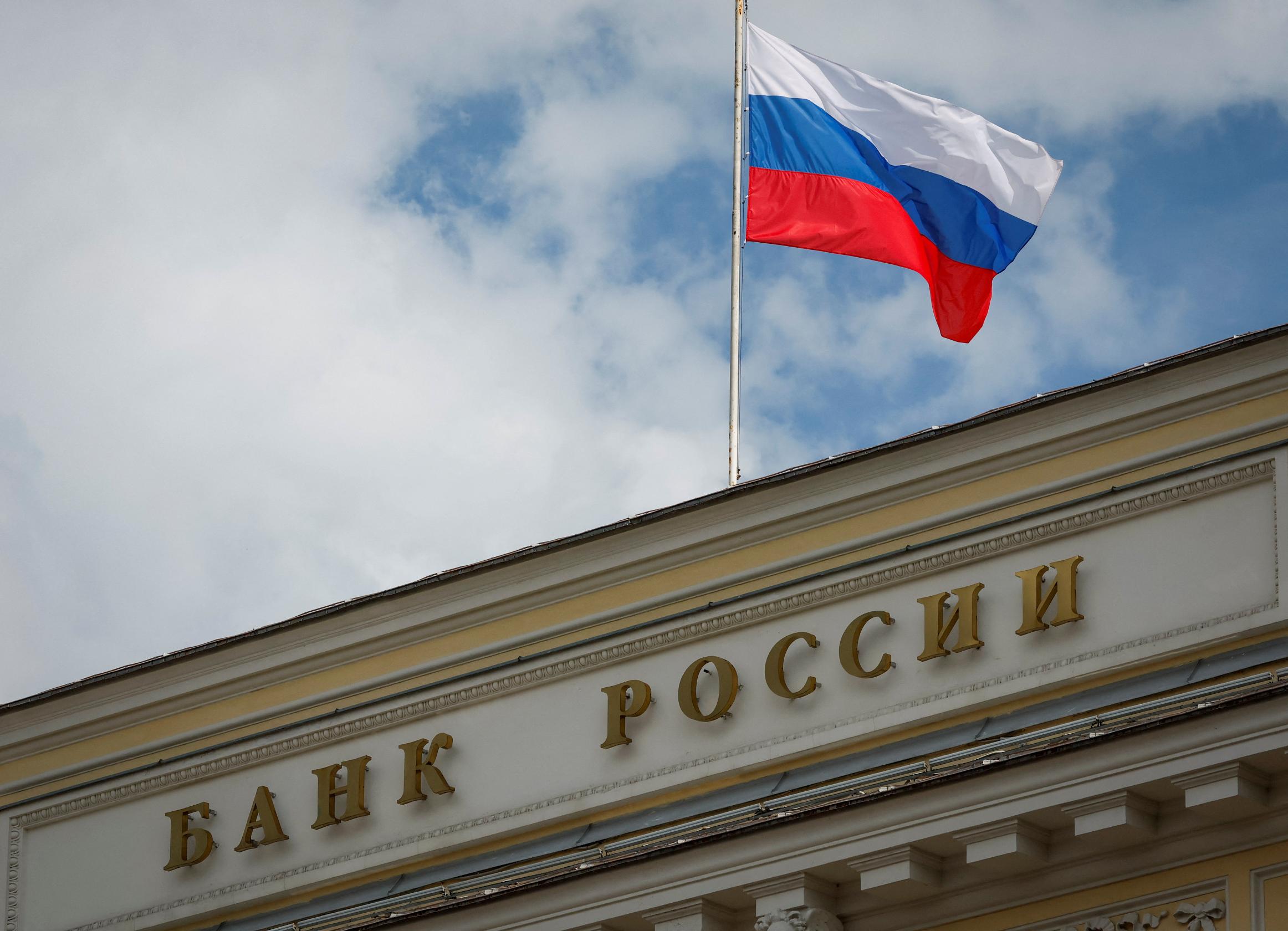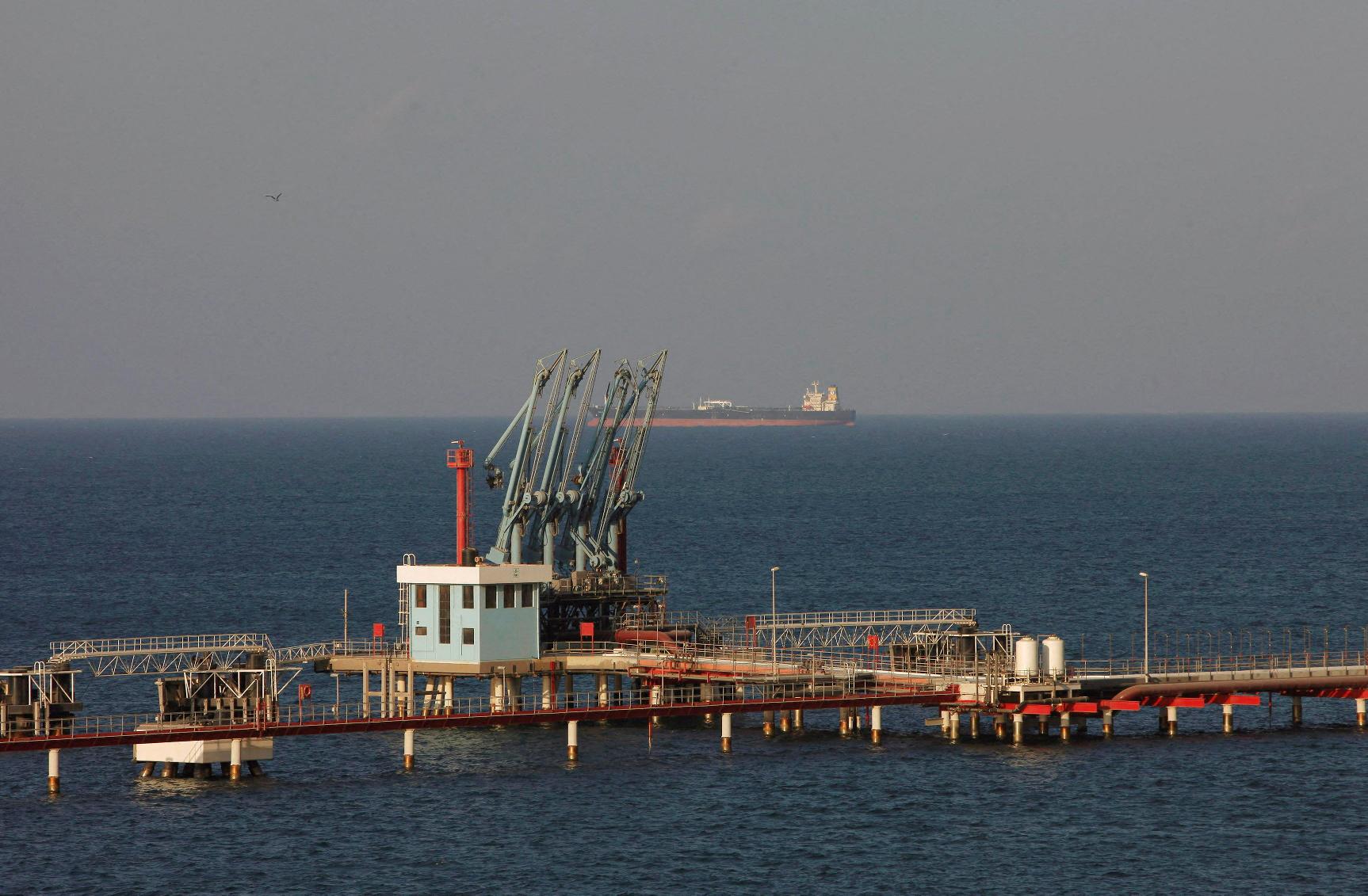
2024-09-09 13:54
ORLANDO, Florida, Sept 9 (Reuters) - After grappling with the strongest U.S. price pressures in four decades, it's hard for investors to adjust to the notion that inflation could soon undershoot the Federal Reserve's 2% target. But they should. While traversing the "last mile" in inflation's retreat to 2% is proving to be typically arduous, warning signs are flashing that the biggest risk for markets and policymakers is not "higher-for-longer" inflation, but the virtual disappearance of price pressures. Falling short-term average inflation metrics, slumping commodities prices, a softening labor market, and cooling wage pressures are all pointing one way: disinflation. While the August employment report on Friday added some fuel to this fire – payrolls growth came in under expectations even as wage growth accelerated and the unemployment rate ticked lower – the reaction in financial markets added a lot more. Bond yields tumbled, the yield curve steepened sharply and oil prices slumped. At one point, rates futures markets were leaning towards the Fed cutting rates by 50 basis points later this month and by almost 250 bps by the end of next year, a sign of the disinflationary forces traders were pricing in. This response is in keeping with history. The Fed has conducted easing cycles of 250 basis points or more four times since former Fed Chair Alan Greenspan took over as head of the U.S. central bank in 1987. Every one has been associated with a rapid decline in inflation, three of them ending in significant undershoots of the Fed's 2% target. COMMODITY WARNING BELLS RING Globally, disinflationary pressures have been intensifying for some time, especially in the euro zone and some key emerging markets, like India and Indonesia. And China is battling against outright deflation. Meanwhile, crude oil futures have posted their lowest close since December 2021. Remarkably, oil is down almost 25% from a year ago - a significant fall that will help depress overall price pressures when imputed into next year's inflation calculations. Oil and commodity prices have less of a direct impact on U.S. inflation than they did 20 or 30 years ago. The economy is more services-oriented and less industry-intensive than it used to be, and the U.S. is now a net oil exporter. Still, U.S. gasoline futures are at their lowest level since March 2021, having fallen nearly 15% last week alone. Price swoons like that cannot be ignored and will put downward pressure on inflation. So will wages, the biggest single cost for most companies in America, as the labor market deteriorates. BALANCE OF RISKS Of course, there are counter signals indicating that U.S. growth is still humming along at a remarkably strong pace considering where we are in the economic cycle. The dominant services sector continues to expand at a healthy clip, retail sales in July rose more than three times faster than expected, and the Atlanta Fed's GDPNow model is still pointing to GDP growth of 2.1% in the third quarter. At the same time, shelter inflation - a proxy for the cost of housing - is still running at a sticky 5%. The longer headline and core annual inflation remain above 2%, the greater the risk that consumer inflation expectations will stay elevated. But when considering where the majority of trends are pointing, it is clear the balance of risks is shifting away from inflation and toward growth. "If it is a 'soft landing,' the return to 2% will be gradual. If it is something more damaging, the risk of an undershoot will be significant," says James Knightley, chief international economist at ING. PARADIGM SHIFT? It is also worth remembering how much the Fed – and other developed market central banks – struggled to get inflation back up to 2% in the decade following the Global Financial Crisis. Many of the trends believed to underlie that struggle – like ageing demographics – have not changed. And while spending on technology could spur growth in the years ahead, advancements in artificial intelligence should, in theory, put downward pressure on prices. So in order to accept that U.S. inflationary dynamics truly have shifted, one needs to believe that globalization is in sharp retreat, energy markets will continue to fracture and protectionism will keep rising. That could be true, but it is hardly an open-and-shut case. The notion that U.S. inflation could undershoot the Fed's target – and stay low – has been virtually unthinkable for much of the post-pandemic period, but it is now very much in the realm of possibility. (The opinions expressed here are those of the author, a columnist for Reuters.) Sign up here. https://www.reuters.com/markets/us/us-inflation-may-soon-undershoot-feds-2-target-mcgeever-2024-09-09/

2024-09-09 13:35
Central bank seen keeping rate unchanged Early signs of economic slowdown Inflation remains high MOSCOW, Sept 9 (Reuters) - Russia's central bank is likely to keep its benchmark interest rate unchanged at 18% at its next board meeting on Friday, according to a majority of 27 analysts polled by Reuters, amid early signs of the economy cooling down. Fifteen of the analysts expected no change, while seven predicted a hike to 19% and four predicted another aggressive 200 basis points (bps) hike to 20%. One analyst predicted a rise of 150 bps to 19.5%. "Data released in August - GDP growth for July and inflation expectations - do not provide a clear signal, and the deflation in the last week appears to be a key argument in favour of maintaining the interest rate at 18%," said Alfa Bank Chief Economist Natalia Orlova. Analysts' expectations have shifted since the last Reuters poll, conducted in late August and early September and published on Sept. 2. The consensus forecast in that survey was for a 100 bps rise to 19% at the Sept. 13 meeting. The regulator raised its benchmark rate by 200 basis points to 18% in July, the highest level in more than two years, citing economic overheating and high inflation as the main reasons. In a draft monetary policy document published last month, the central bank said it would need to maintain a tight monetary policy for a prolonged period to achieve a sustainable decrease in inflation, which is now running at over 9%. However, the bank's main monetary policy official, Deputy Governor Alexei Zabotkin, said on Aug. 29 that another hike in the key rate in September is not a certainty, as economic growth and lending are slowing down. According to the latest set of macroeconomic forecasts, the government now expects gross domestic product (GDP) to increase by 3.9% in 2024, up from 2.8% in the forecast it issued in April. The new figure suggests a slowdown from the growth rate of 4.6% in the first half of the year. The latest data also showed that consumer lending growth in July slowed to 1.4% from 2.0% in June. Russia's inflation is also seen slowing down from the current annual rate of 9.1% to 7.3% for the full year. However, corporate lending growth, another major factor behind high inflation and economic overheating, accelerated to 2.3% in July from 1.5% in June despite high interest rates. "The slowdown in GDP growth is not due to a decline in demand but rather to increased difficulties in production growth as the labor shortage is worsening," said Gazprombank Chief Economist Pavel Biryukov, who expects a 100 bps rate hike to 19% "Under these conditions, the Central Bank is most likely to decide on tightening its monetary policy," Biryukov added. Sign up here. https://www.reuters.com/markets/rates-bonds/russian-central-bank-seen-keeping-benchmark-interest-rate-18-2024-09-09/

2024-09-09 12:43
Sept 9 (Reuters) - QatarEnergy has signed a deal with China State Shipbuilding Corporation to buy six additional ultra-large ships to carry liquefied natural gas, it said on Monday, raising such vessels it has on order to 128 as part of a fleet-expansion programme. The ships, QC-Max, are the largest LNG vessels ever built, with a capacity of 271,000 cubic metres each, QatarEnergy said. They will be built at China's Hudong-Zhonghua shipyard, with delivery expected between 2028 and 2031. QatarEnergy, already among the world's top LNG exporters, will boost its position with its North Field expansion project, which will ramp up Qatar's liquefaction capacity from 77 million tons per annum to 142 mtpa by 2030. The agreement with CSSC takes the total number of QC-Max vessels on order by QatarEnergy to 24, worth a total of about $8 billion, QatarEnergy said. Sign up here. https://www.reuters.com/business/energy/qatarenergy-orders-six-more-lng-vessels-china-state-shipbuilding-2024-09-09/

2024-09-09 12:41
LONDON/HOUSTON, Sept 6 (Reuters) - A halt in Libyan oil exports has supported the values of Azeri, African and U.S. oil grades, while some refiners could consider reducing crude intake altogether due to poor profit margins, traders and analysts told Reuters. Crude oil exports from Libya's major ports have been shut for a week in the latest case of major unrest in the country, an OPEC member that pumps about 1% of world oil output. Some loadings have been permitted from storage after the country's two rival factions agreed to appoint a new central bank governor to ease the crisis, but most exports remain halted and it is unclear when a full resumption could occur. Azeri and Algerian Saharan Blend will be refiners' top choices for Libyan substitutes for October-loading cargoes, said Patricio Valdivieso from consultancy Rystad Energy. Prompt unsold September cargoes of West African crude or U.S. WTI Midland could also replace Libyan volumes in the short term, Valdivieso added. U.S. WTI Midland physical crude prices have strengthened relative to WTI at Cushing, with the differential between the two rising to 80 cents per barrel from 60 cents on the day Libyan oilfields began closing. "U.S. crude is a good substitute for light sweet Libyan barrels, and it can make the journey fairly quickly across the Atlantic," said Kpler analyst Matt Smith. Europe's imports of WTI Midland jumped to 1.43 million barrels per day in August, a 24% month-on-month rise, partly supported by Libyan outages starting with the Sharara field in early August, according to Kpler data. Azeri and Kazakh crude prices both rose sharply on the Libyan disruptions last week as refiners sought replacement barrels. Libyan outages also encouraged buyers towards the West African crude market to mop up September cargoes that have been selling poorly because of low refining margins and upcoming maintenance. Approximately 15 Nigerian September cargoes were unsold before Libyan field closures, which had fallen to around 10 or less by Friday, five traders in West African markets said, while Angolan September cargoes sold out a week earlier. "There was a huge overhang of Nigerian cargoes for September, so the fact differentials haven't dropped too far is a sign that Libya did have an impact on the West African market as well," Kpler lead crude analyst Viktor Katona said. Traders in Asia said the Libyan outages were not boosting crude grades there as it is still early in this month's trading cycle. Poor refining margins in Europe may prompt some refiners to reduce their crude intake instead of seeking full replacement of Libyan barrels, said Richard Bronze from Energy Aspects. Northwest European diesel refining margins hit a two-and-a-half year low of $13.12 a barrel on Aug. 28, according to LSEG data. Gasoline margins were at a 10-month low of $5.82 a barrel around the same time. Sign up here. https://www.reuters.com/markets/commodities/libyan-oil-loss-pushes-up-rival-mediterranean-us-grades-2024-09-09/

2024-09-09 12:36
Sept 9 (Reuters) - Canada's Pembina Pipeline (PPL.TO) , opens new tab said on Monday it will buy some infrastructure assets in Alberta Montney from oil producer Veren Inc (VRN.TO) , opens new tab for about C$400 million ($294.9 million), to strengthen its midstream operations. WHY IT'S IMPORTANT Consolidation in the pipeline and storage sector has been on the rise since last year as North American production grows, and as hurdles in getting new energy infrastructure approved and built have made existing operators more valuable. CONTEXT Pembina Gas Infrastructure, which is jointly owned by KKR, will acquire four oil battery sites in the Gold Creek and Karr areas, which have a natural gas handling capacity of 320 million cubic feet per day and liquids handling capacity of 53,000 barrels per day. Veren, formerly known as Crescent Point Energy, would retain operatorship of the Gold Creek and Karr sites and assume operatorship of the existing Pembina-owned batteries in the area. Additionally, Veren would enter into a 15-year "take-or-pay" agreement for capacity at the acquired batteries. BY THE NUMBERS The deal is expected to close in the fourth quarter of 2024 and yield C$50 million in annual adjusted EBITDA, of which C$30 million is net to Pembina. Veren's use of the proceeds will result in total expected debt reduction of C$1.3 billion in 2024. ($1 = 1.3565 Canadian dollars) Sign up here. https://www.reuters.com/markets/commodities/canadas-pembina-pipeline-buy-midstream-assets-veren-2024-09-09/

2024-09-09 12:18
ABUJA, Sept 9 (Reuters) - Nigeria's state security service arrested the president of its largest labour federation on Monday on charges that are yet to be disclosed, the Nigeria Labour Congress (NLC) said. The arrest of Joe Ajero comes days after he criticised the government for raising the price of gasoline by 39%, threatening to call a strike if the decision was not reversed. High fuel prices were among the reasons for cost of living protests in early August. Ajero was arrested by officials from the Department of State Security (DSS) at the airport in the capital Abuja while trying to fly to Britain on union business, the NLC said on X. The DSS did not immediately comment on the issue. Analysts say the latest hike in the price of gasoline - widely used by small businesses and households to power generators - could further stoke inflation that is already in double digits, worsening economic hardship. Sign up here. https://www.reuters.com/world/africa/leader-nigerias-labour-federation-arrested-union-says-2024-09-09/
